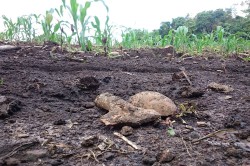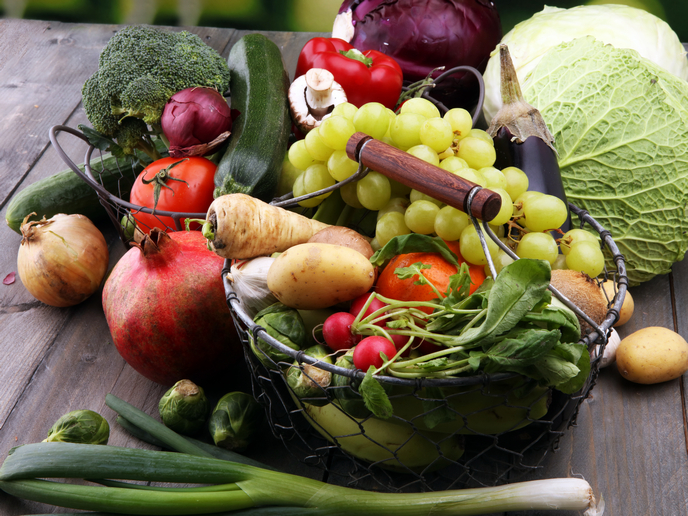CRISPR makes maize even more amaizing!
Rapidly changing global climate conditions – heat stress, drought and salinity – are affecting crop productivity, food availability and security. As maize is one of the most important sources of food globally, there is a great necessity for multidisciplinary research to select/breed high-yielding crop cultivars for resistance to these abiotic stresses that can enhance maize crop productivity. Maize, with important water requirements, is susceptible to drought. CRISPR gene editor to the rescue The EU-funded CRISP-4-CROPS project has harnessed the ultimate gene editor so far – clustered regularly interspaced short palindromic repeats (CRISPR/Cas9) – to achieve in a more efficient way the aims of modern agriculture. “Our prime objective was to obtain a maize variety with lower water requirement, a characteristic very relevant both for farmers and consumers due to an efficient use of a valuable natural resource,” outlines Dr Nora Alonso Casajús, CEO of Iden Biotechnology SL(opens in new window), CRISP-4-CROPS coordinator. Although the development process requires much more time than a 1-year project, CRISP-4-CROPS decided to test the feasibility of using CRISPR technology in maize. Once this was established, the best technical approach was ironed out for its implementation. “And then,” emphasises Dr Alonso, “we can obtain new maize lines to continue with the overall goal of developing new varieties.” CRISP-4-CROPS innovation associate Dr Ricardo Mir Moreno has a strong background in molecular biology techniques and genome editing by CRISPR technology. Dr Mir actively participated in all the key deliverables the CRISP-4-CROPS project achieved – from identification of the target genes and design of the whole CRISPR system to the most appropriate systems for the maize genome. “He also participated in the mentoring of Iden personnel to continue research after project end of CRISP-4-CROPS,” adds Dr Alonso. Time constraints and look to the future Maize material generation, called calli, and their transformation using CRISPR can take 7 months, but time is at a premium. “The optimisation process of the calli transformation techniques using CRISPR system was longer than expected. For these reasons we had to deviate and modify the project, to maximise efficiency,” notes Dr Alonso. Moreover, to get a commercial product onto the market can take 7-10 years with CRISPR technology. “Using traditional genetic engineering tools the process from the lab to commercialisation of a new crop variety will probably need between 9 and 12 years depending on the crop of interest,” she points out. Dr Alonso continues: “In this sense, cereals are particularly difficult in terms of genetic engineering and breeding, needing long development processes.” Dr Alonso sums up the importance of CRISP-4-CROPS research: “Although this technology is promising and very useful, the project showed the technical difficulties and complexities of introducing a product based on CRISPR in plants from a time framework point of view.” The latest EU court ruling is that organisms resulting from modern mutagenesis techniques, including CRISPR, are uniformly to be treated like genetically modified organisms. “We hope that scientific knowledge and criteria will prevail on the final decision to regulate the adoption of modern gene editing techniques and, as a consequence, European SMEs will be able to continue to develop high value innovation,” she concludes.







